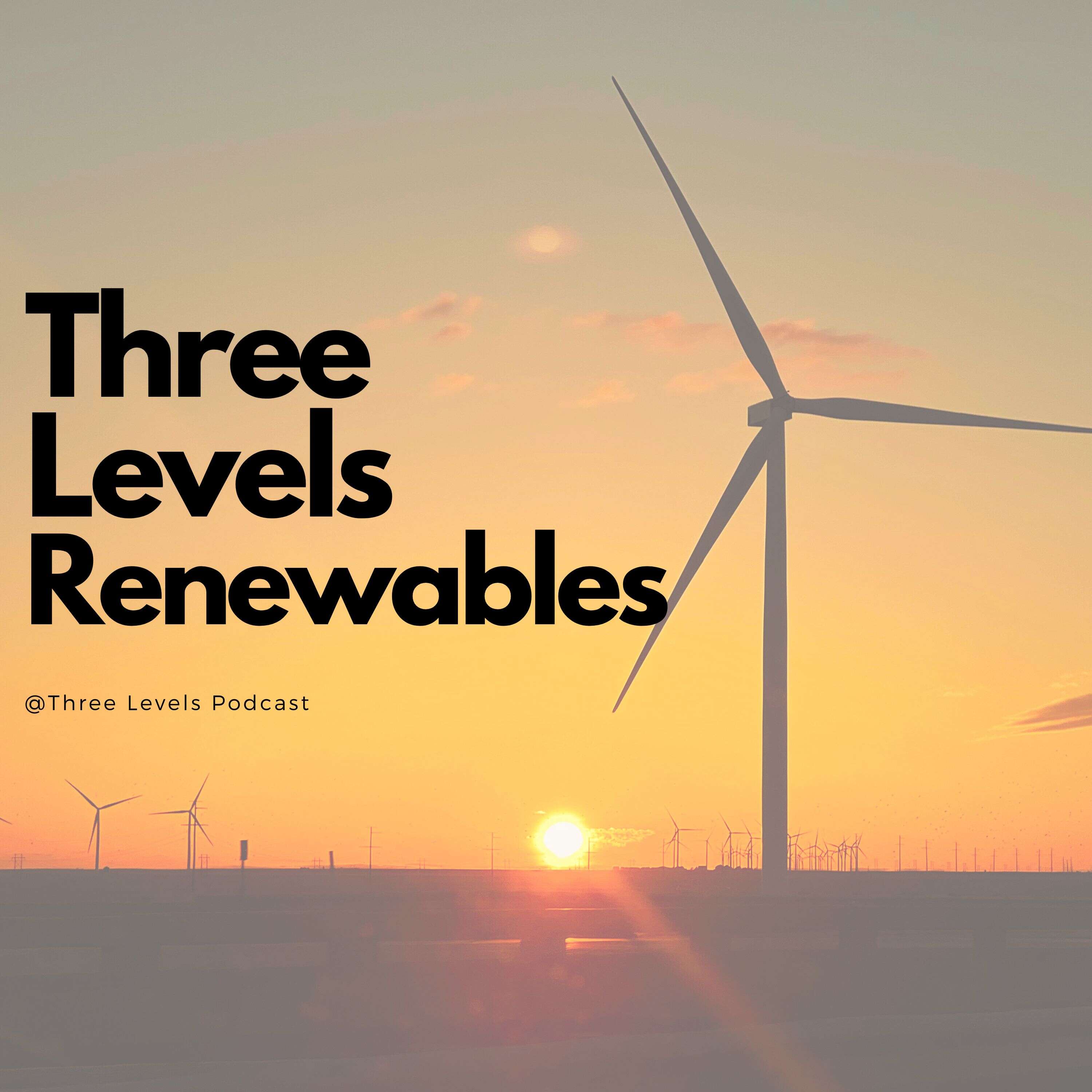Explain Clean Hydrogen Production Technology in 3 Levels
This episode of the Three Levels Podcast explores different hydrogen production pathways.<br/><br/>Hydrogen holds the potential to revolutionize our energy landscape as a versatile energy carrier, connecting diverse sectors and applications. One key method for hydrogen production is through electrolysis, where water is split into hydrogen and oxygen using electricity. Polymer Electrolyte Membrane (PEM) electrolyzers operate at low temperatures with high efficiency, while Alkaline electrolyzers have been commercially available and continue to improve. Solid Oxide Electrolyzers (SOEs) show promise for large-scale hydrogen production with reduced electrical energy consumption.<br/><br/>Another pathway is biomass, a renewable organic resource that can be converted into hydrogen through gasification, pyrolysis, bio-derived liquid reforming, and biological processes. Biomass gasification involves high-temperature conversion with controlled oxygen to produce syngas, while pyrolysis heats biomass in the absence of oxygen, yielding hydrocarbons. Bio-derived liquid reforming utilizes biomass liquids, like ethanol, to produce hydrogen, and biological processes utilize microorganisms to break down biomass and release hydrogen.<br/><br/>Additionally, fossil-based hydrogen production with Carbon Capture and Storage (CCS) is achieved through natural gas with CCS and coal gasification with CCS. In natural gas with CCS, steam-methane reforming or partial oxidation converts methane into synthesis gas , with carbon dioxide (CO2) captured and stored to reduce emissions. Coal gasification with CCS involves reacting coal with steam or oxygen, resulting in hydrogen and captured CO2 for storage or utilization.<br/><br/>The versatility of hydrogen extends across multiple sectors. In transportation, it can power fuel cell electric vehicles (FCEVs) and heavy-duty vehicles, contributing to emissions reduction. For energy storage, hydrogen allows excess electricity from renewable sources to be stored and utilized when needed, enhancing grid stability. In industrial processes, hydrogen can replace fossil fuels, significantly reducing greenhouse gas emissions. Moreover, hydrogen can be used in power generation, heating and cooling, distributed through pipelines, and applied in remote and off-grid areas, providing solutions in regions with limited energy infrastructure. Hydrogen's potential as a "universal connector" offers a pathway to a sustainable energy future, where it complements traditional energy systems and addresses challenges in decarbonization and energy transition. <br/><br/>

